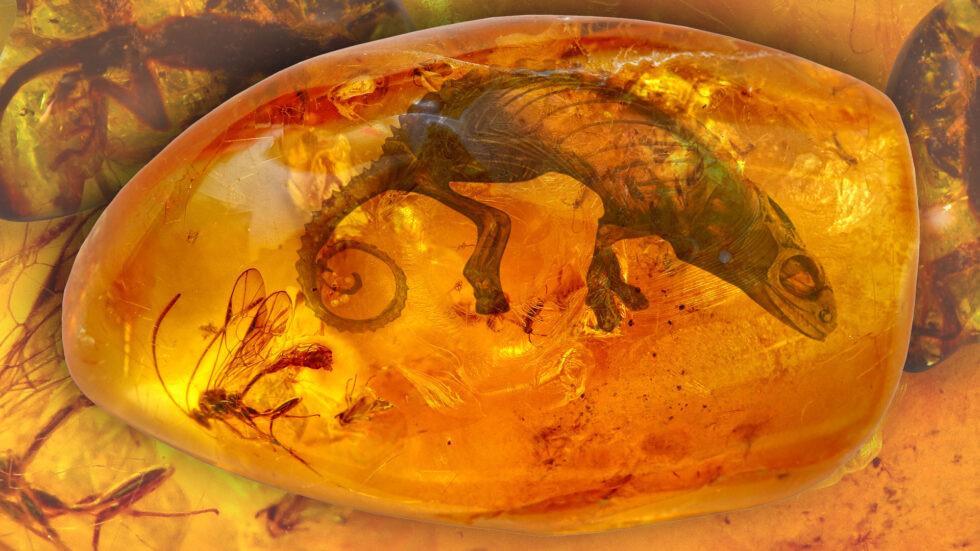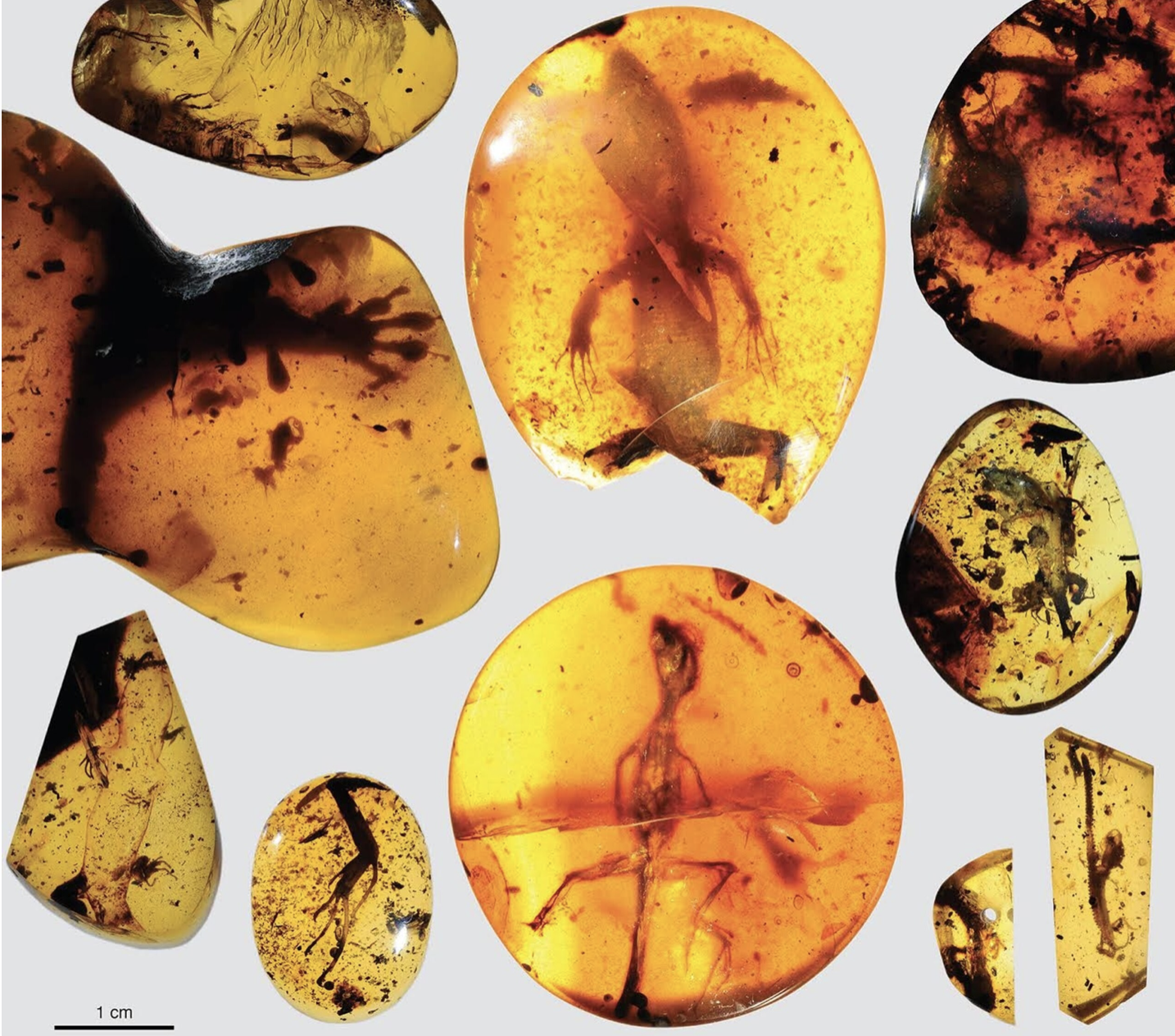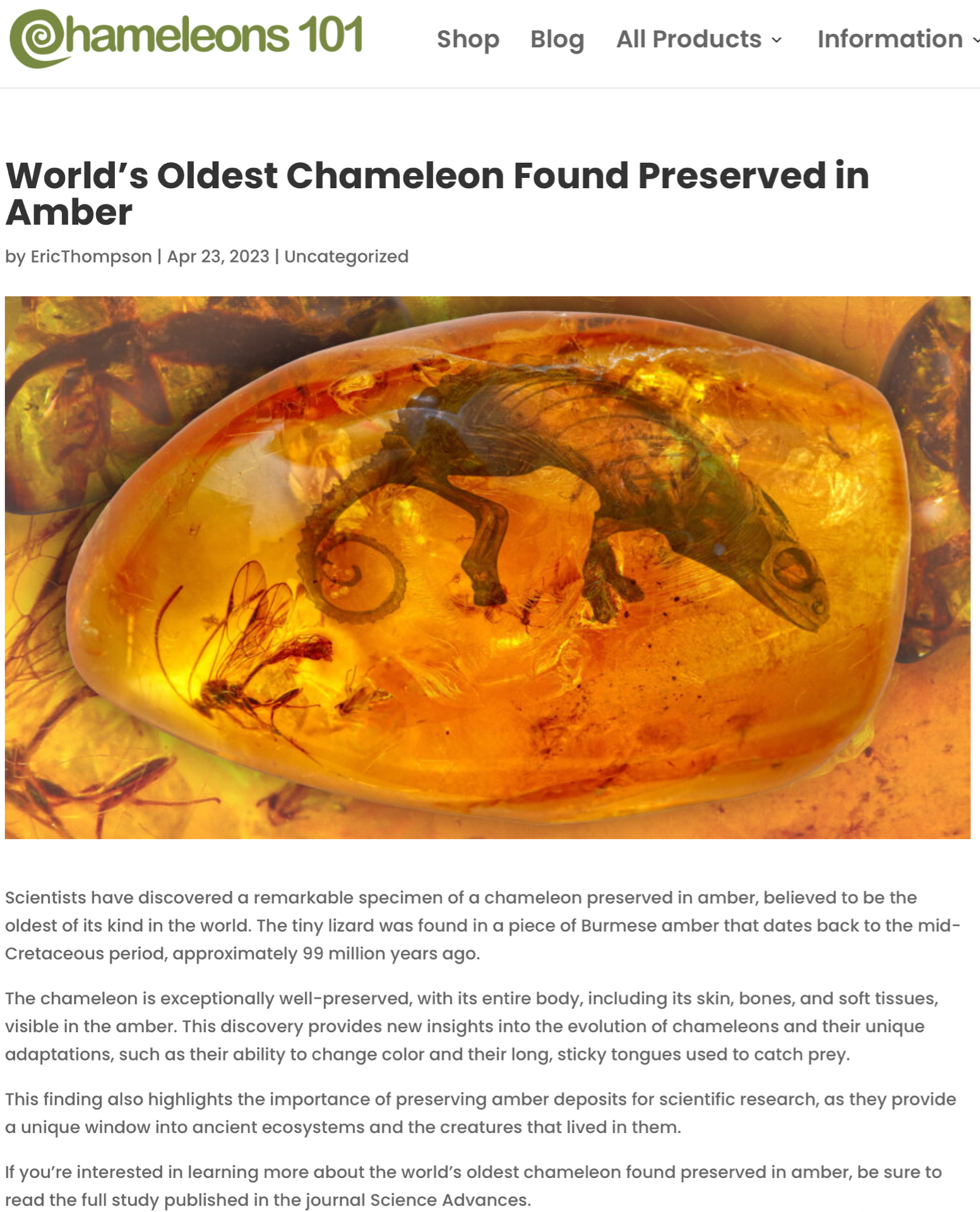Fake Amber Chameleons: Navigating the World of Misinformation

Every chameleon enthusiast dreams of discovering a genuine specimen for sale, perhaps encased in ancient amber, a fossilized treasure that boasts golden-yellow hues reminiscent of fire. Not long ago, the headlines featured a supposed discovery of a lizard closely related to chameleons from Burma, Southeast Asia. However, it was later revealed that this determination was incorrect, highlighting the potential pitfalls of scientific claims.
Unfortunately, some individuals exploit advancements in AI and information technology to fabricate seemingly valid scientific discoveries. They create visually appealing but entirely fictional narratives, contributing to the spread of misinformation regarding species and their significance in evolutionary history.
(In the mentioned case it is not a surprize, as the individual is well known for unethical and illegal trade with reptile eggs.)
As a chameleon enthusiast, it is crucial to approach such claims with skepticism. Ensure that your sources of information are credible and reliable. Distinguishing between genuine scientific findings and embellished or fabricated stories is essential for maintaining the integrity of knowledge within the herpetology community.
While the allure of "amber chameleons" and related discoveries may captivate the imagination, we must remain vigilant against misleading information. Rely on trusted experts and established scientific literature to guide your understanding of these fascinating reptiles.
This was an unintentional mistake, explained and pardoned:

This is an intentional fraud and misinformation, a contemptible act:
